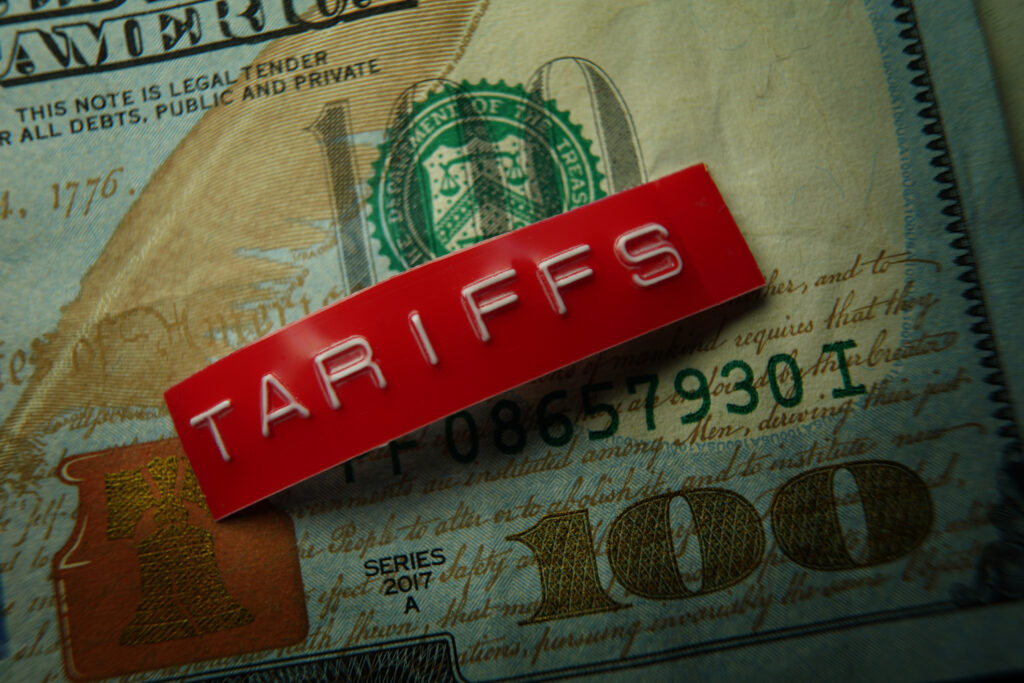With both chambers of Congress having approved H.R. 1, also known as the Tax Cuts and Jobs Act, a congressional conference committee will reconcile differences between the bill’s two versions.
H.R. 1, approved by the House on November 16, 2017 would reduce the number of personal income tax brackets from seven to four, cut taxes by about $1.51 trillion over the next ten years, lower the corporate tax rate, and make other changes to the federal tax code.
The Senate approved its version of the bill on December 2. The conference committee will merge the two versions, and if both houses of Congress affirm the resulting bill, it will be sent to President Donald Trump for his signature.
Reforming Corporate Taxes
Dan Pilla, one of the country’s premier tax experts and a policy advisor for The Heartland Institute, which publishes Budget & Tax News, says the corporate tax rate reduction is the bill’s most important feature.
“Right now, at 35 percent, the United States has the highest corporate tax rate in the industrialized world,” Pilla said. “The average [corporate tax rate] of industrialized nations is between 22 and 23 percent. America is the highest-taxed jurisdiction in the world.
“If we want to make America a business tax haven, obviously we want to reduce the corporate tax rate,” Pilla said. “That’s a big thing.”
Equity Considerations
Higher-income households pay higher income tax rates, Pilla says, and that is why they receive more tax relief from the bill.
“People scream ‘tax cuts for the rich, tax cuts for the rich,’ but that’s just complete nonsense,” Pilla said. “The bottom 50 percent of income earners in the United States only pay 3 percent of all the taxes. The top 1 percent are paying about 40 percent of income taxes, and the top 10 percent are paying about 70 percent.
“If we’re going to give tax cuts to people, then we have to give the tax cuts to the people who are actually paying the taxes,” Pilla said.
Ripple Effects
Romina Boccia, deputy director of The Heritage Foundation’s Thomas A. Roe Institute for Economic Policy Studies, says the corporate tax reforms are the most important part of the bill.
“The greatest benefit from this tax plan will come from the simplification and reduction of tax rates on the business side, especially with the provision lowering the corporate tax rate,” Boccia said. “The important thing to understand about the [corporate] tax rate is that, even though it’s collected at the corporate-entity level, the cost of the tax is primarily borne by workers, in the form of lower wages. Depending on the economic analysis you use, workers bear between 40 and 70 percent of the cost of corporate taxes.”
Proven Track Record
Lowering and reforming corporate taxes has spurred economic prosperity elsewhere in the world, Boccia says, and it will happen here, too.
“Countries like Germany and Canada that have reduced their corporate tax rates were able to see real wages grow in their workforce,” Boccia said. “A lower corporate tax rate makes a country more competitive globally, and more corporations will do business in that lower-taxed nation. That allows for more investment, which in turn, will grow demand for more workers, which will drive up wages.”




